Astigmatism
-
 Nalamaree Team
Nalamaree Team
- 23 September 2025
Overview
Astigmatism is a common refractive error of the eye that affects how light rays focus on the retina. Normally, the cornea and lens of the eye are smooth and curved equally in all directions, like the surface of a basketball. In astigmatism, the cornea or lens is curved more steeply in one direction than in the other, like the surface of a rugby ball. This irregular curvature causes light to focus unevenly, leading to blurred or distorted vision at all distances.
Causes
Astigmatism is not typically considered a disease; rather, it's a common refractive error of the eye. There isn't a single known cause of astigmatism, but it's believed to be primarily influenced by the shape of the cornea or lens. Some factors that may contribute to the development of astigmatism include:
Symptoms
Treatment: Modern Medicine
Treatment: Traditional Medicine
Caution

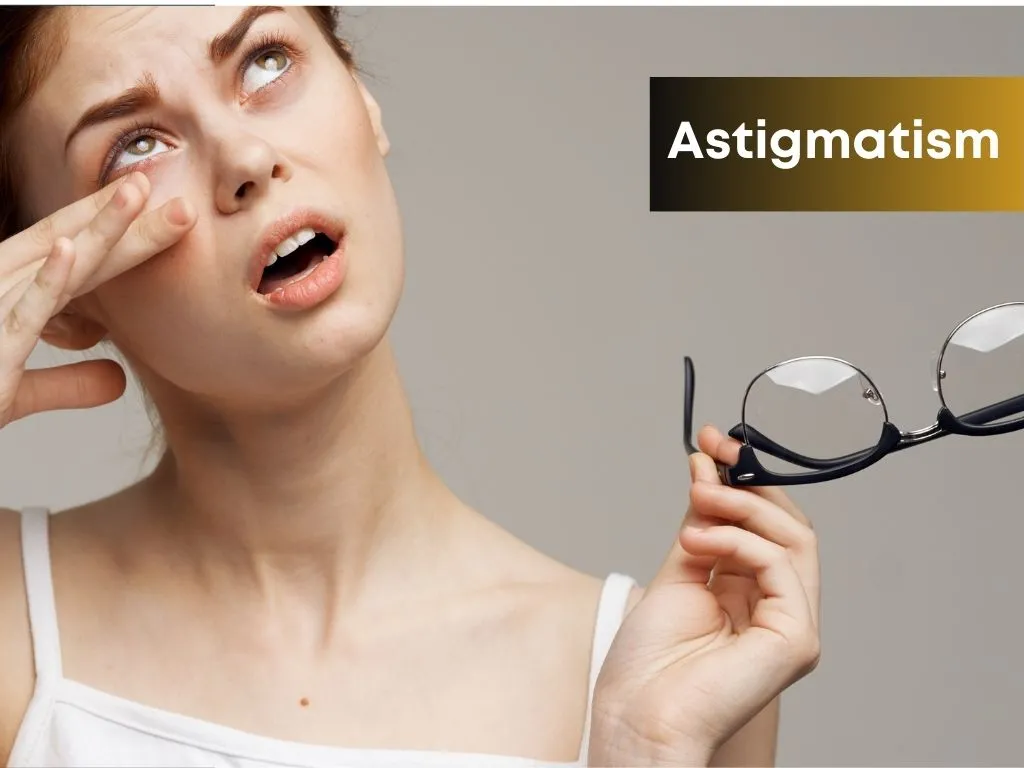


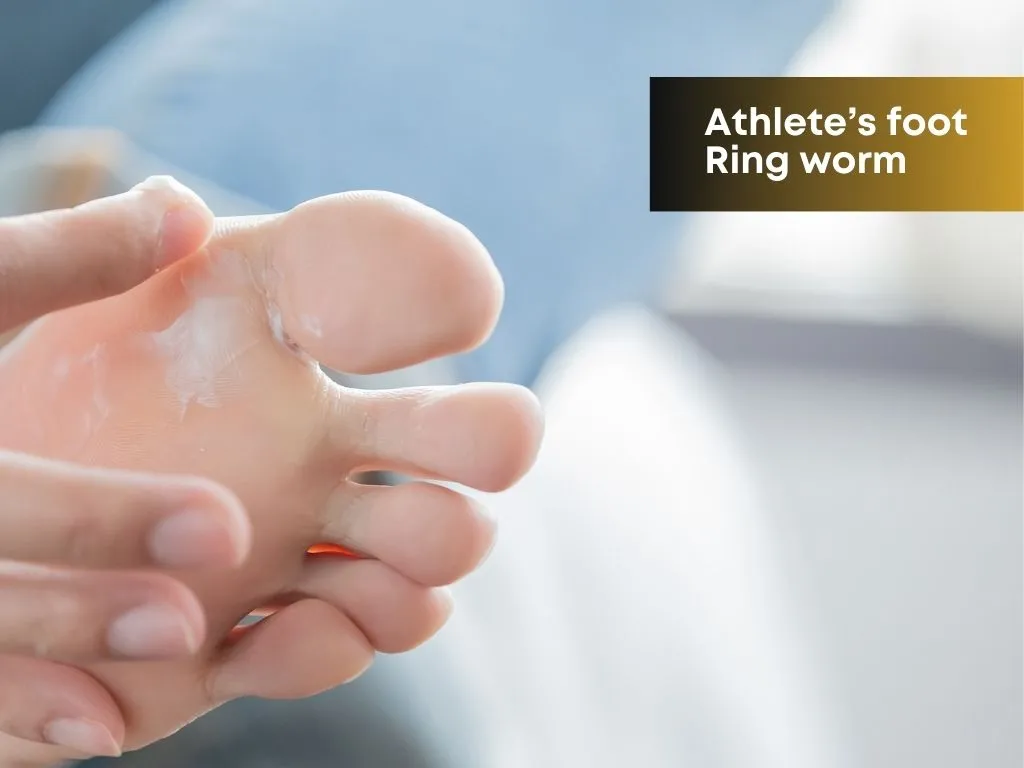
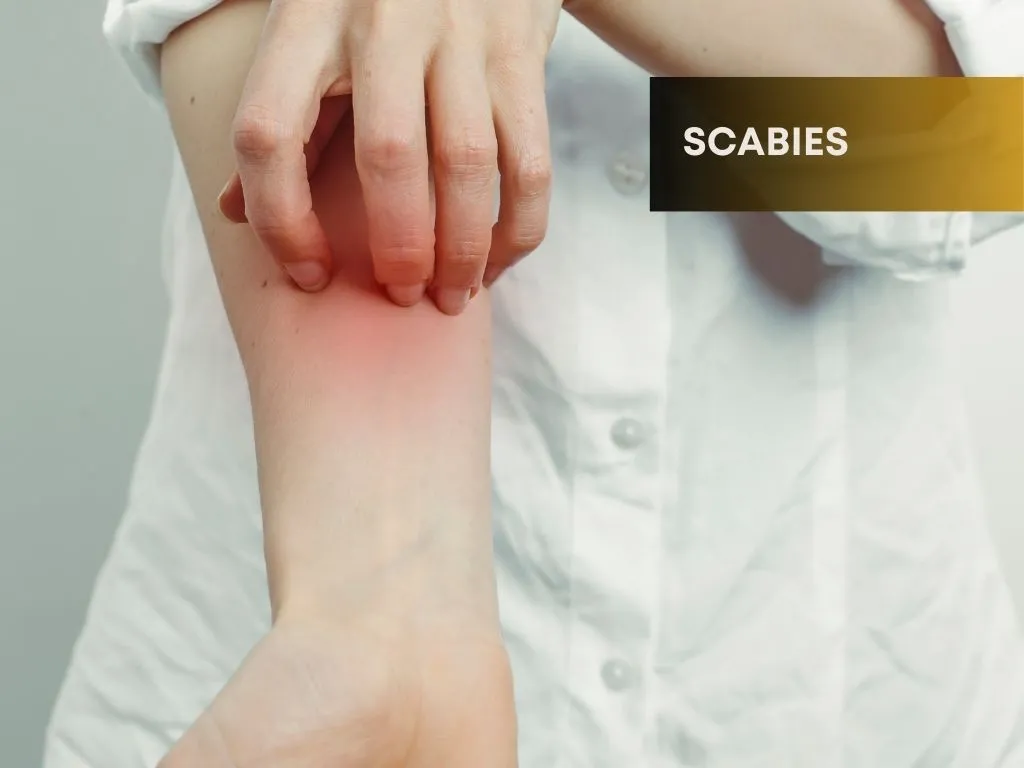

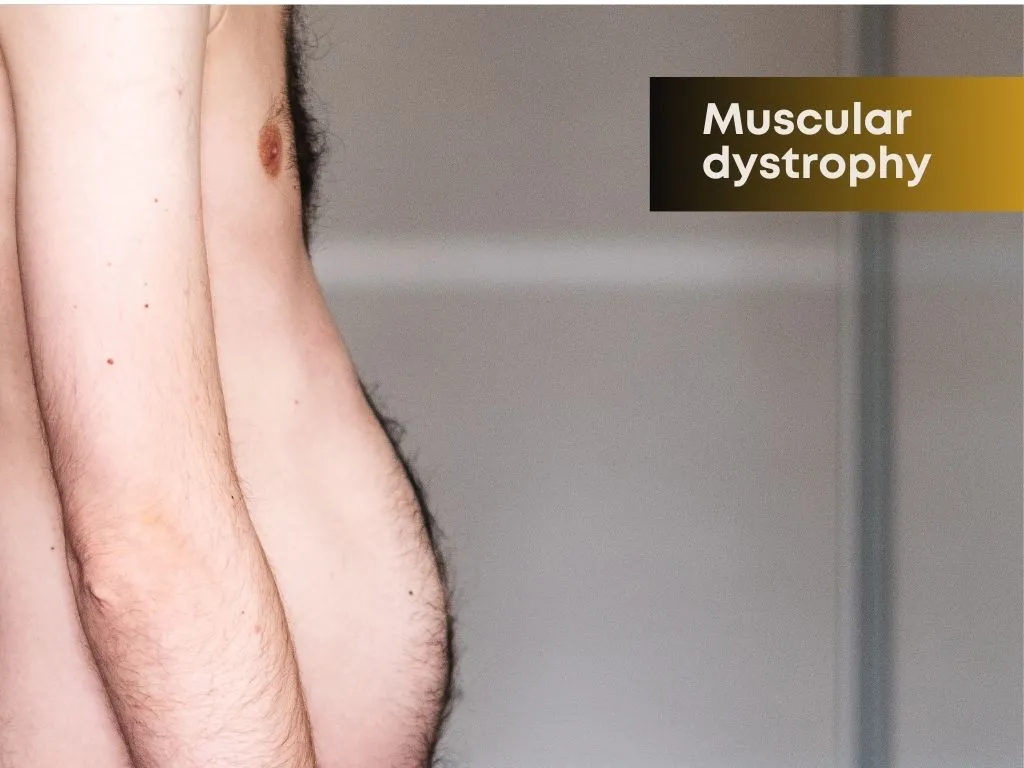
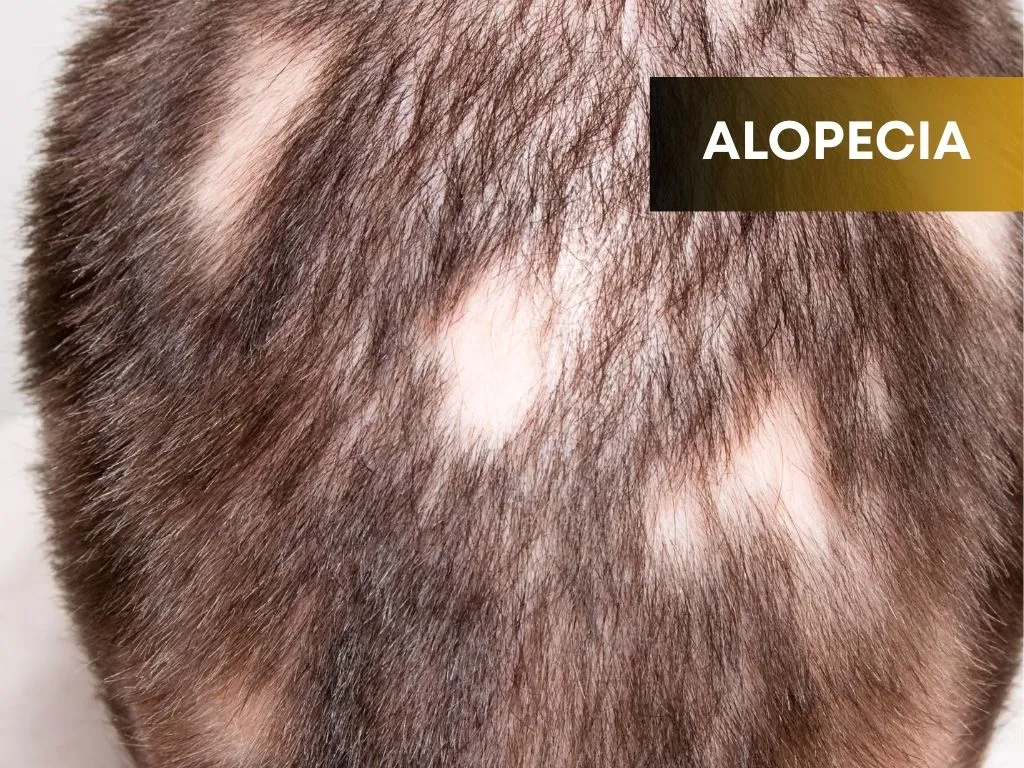
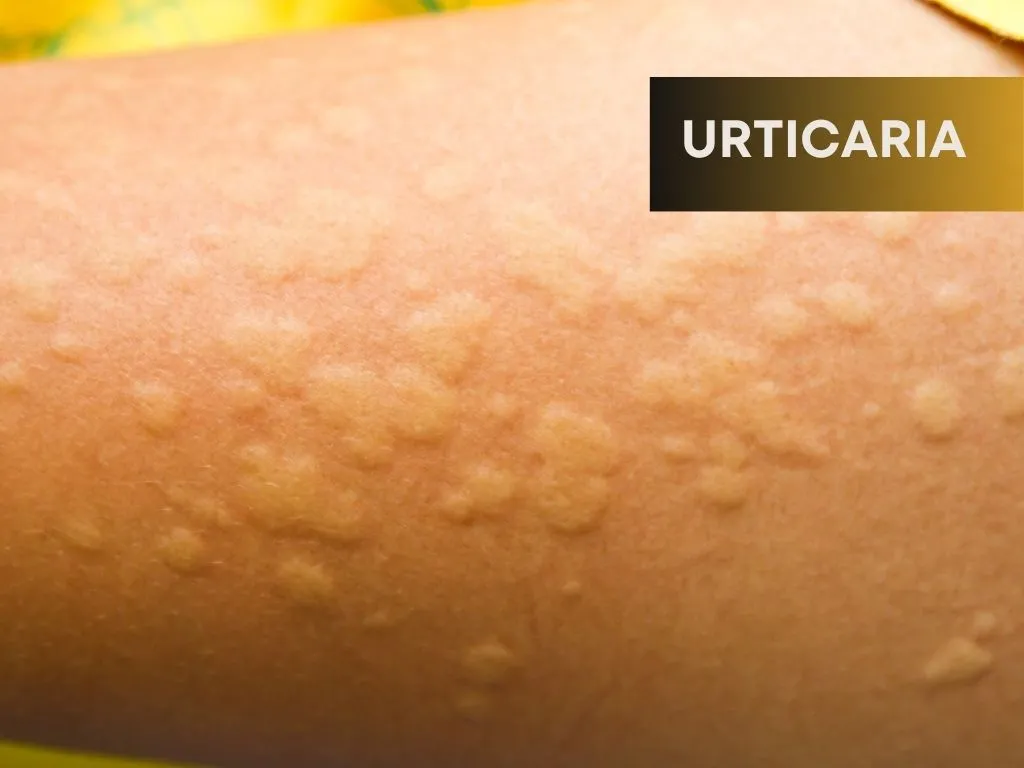
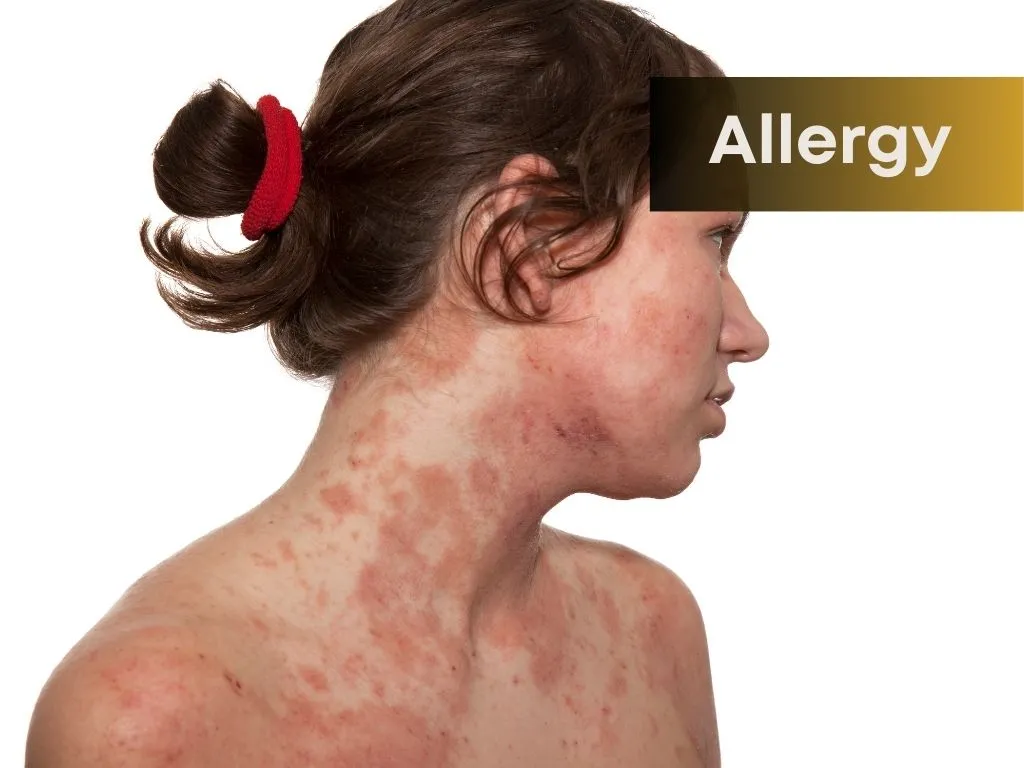






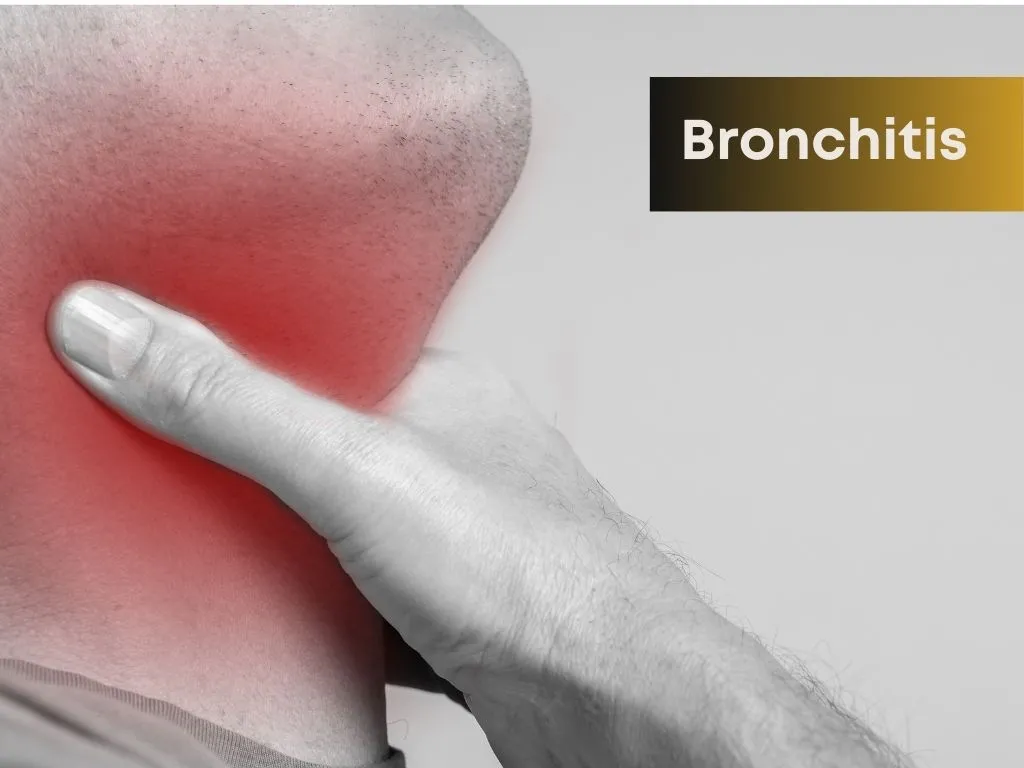



.jpg.webp)
